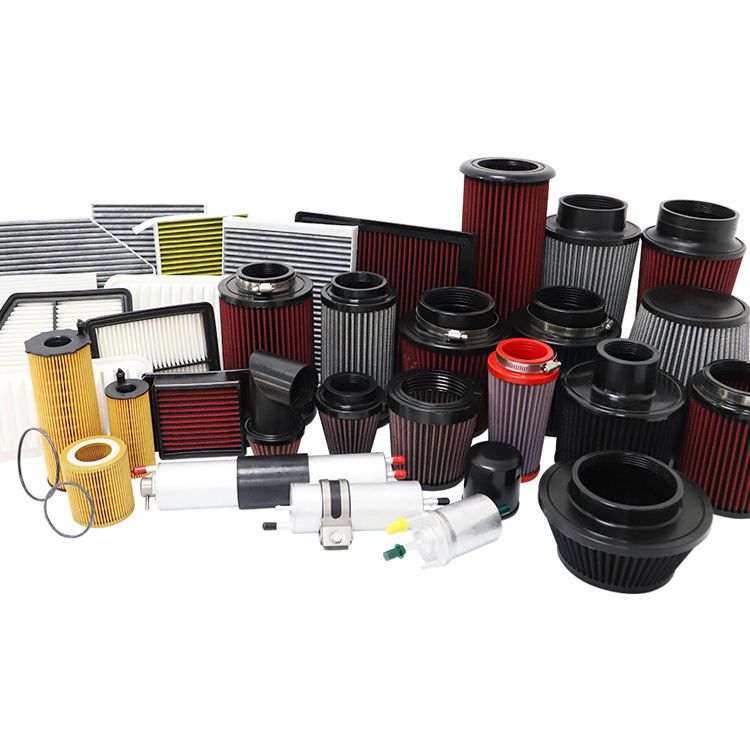Sizing Up Clean Air: The Impact of Size and Thickness on Air Filter Effectiveness
2023-11-17
Introduction:
In the world of air filtration, the effectiveness of an air filter is not solely determined by its material or brand. Size and thickness play pivotal roles in determining how well an air filter can capture and remove airborne contaminants. In this blog post, we will delve into the significance of size and thickness in air filters, exploring how these factors impact their overall effectiveness in maintaining indoor air quality.
1. Size Matters:
The dimensions of an air filter are crucial when it comes to ensuring optimal performance in your HVAC system. If the filter is too small for the designated space in your system, unfiltered air can bypass the filter and circulate through your home. On the other hand, an oversized filter may not fit properly, leaving gaps that allow unfiltered air to pass through. Therefore, choosing the right size is fundamental for an air filter to effectively capture contaminants.
2. Proper Fit for Efficient Filtration:
A properly sized air filter fits snugly within the filter housing, ensuring that all the air drawn into the system passes through the filter media. This close fit prevents unfiltered air from bypassing the filter and entering your living spaces, maximizing the filter's efficiency in capturing particles.
3. Thickness: Striking a Balance:
The thickness of an air filter is another critical factor influencing its effectiveness. Filter thickness is often measured in inches, with common sizes being 1 inch, 2 inches, 4 inches, and 5 inches. The thickness determines the amount of filter media available to capture contaminants.
4. 1-Inch Filters: Space Considerations:
- Pros: Suitable for systems with limited space in the filter compartment.
- Cons: May need more frequent replacements due to the smaller surface area.
5. 2-Inch and 4-Inch Filters: Balancing Efficiency and Space:
- Pros: Offer a balance between space constraints and filtration efficiency.
- Cons: May have a shorter lifespan than thicker filters but provide better efficiency than 1-inch filters.
6. 5-Inch Filters: Enhanced Filtration Capacity:
- Pros: Provide a larger surface area for filtration, reducing the frequency of replacements.
- Cons: May not fit all filter compartments due to increased thickness.
7. Impact on Airflow:
The thickness of an air filter also influences airflow through your HVAC system. Thicker filters typically have more filter media, allowing for increased particle capture without significantly restricting airflow. This balance is crucial to maintaining optimal system performance.
8. MERV Rating and Thickness:
The Minimum Efficiency Reporting Value (MERV) rating of an air filter, indicating its ability to capture particles of different sizes, is also influenced by thickness. Thicker filters often have higher MERV ratings, making them more effective at trapping smaller particles.
9. Choosing Based on HVAC System Requirements:
It's essential to consider the specifications and requirements of your HVAC system when selecting the size and thickness of an air filter. Consult your system's manual or contact a professional to ensure that the chosen filter is compatible with your equipment.
10. Balancing Efficiency and Cost:
While thicker filters generally offer enhanced filtration efficiency, it's crucial to strike a balance between effectiveness and cost. Consider your specific indoor air quality needs and budget constraints when choosing the size and thickness of your air filter.
Conclusion:
Size and thickness are not mere technical details but integral aspects that determine the efficiency of an air filter in maintaining clean indoor air. By selecting the right size and thickness based on your HVAC system's requirements and your air quality goals, you ensure that your air filter performs optimally, capturing contaminants and contributing to a healthier living environment. As you size up your options, you take a significant step toward ensuring that the air you breathe is consistently clean and free of harmful particles.



